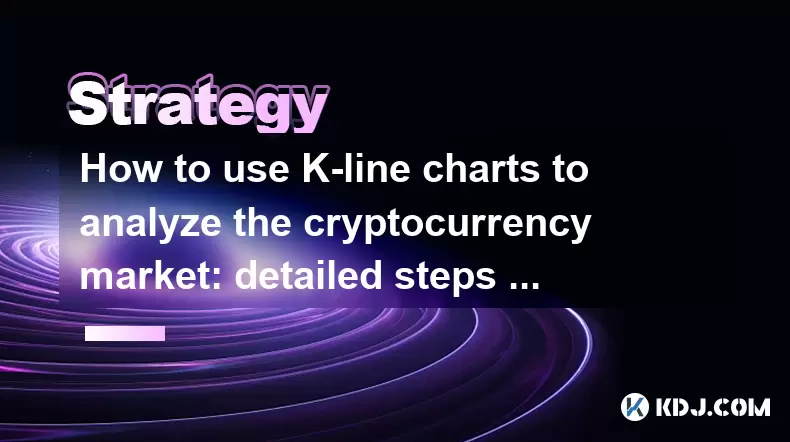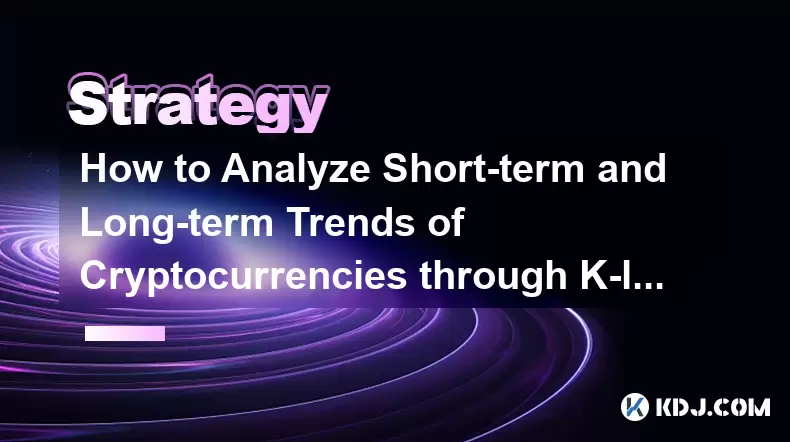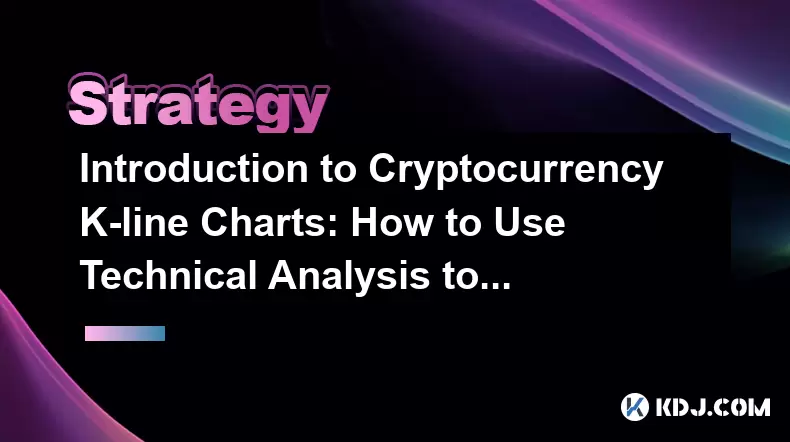-
 Bitcoin
Bitcoin $106,754.6083
1.33% -
 Ethereum
Ethereum $2,625.8249
3.80% -
 Tether USDt
Tether USDt $1.0001
-0.03% -
 XRP
XRP $2.1891
1.67% -
 BNB
BNB $654.5220
0.66% -
 Solana
Solana $156.9428
7.28% -
 USDC
USDC $0.9998
0.00% -
 Dogecoin
Dogecoin $0.1780
1.14% -
 TRON
TRON $0.2706
-0.16% -
 Cardano
Cardano $0.6470
2.77% -
 Hyperliquid
Hyperliquid $44.6467
10.24% -
 Sui
Sui $3.1128
3.86% -
 Bitcoin Cash
Bitcoin Cash $455.7646
3.00% -
 Chainlink
Chainlink $13.6858
4.08% -
 UNUS SED LEO
UNUS SED LEO $9.2682
0.21% -
 Avalanche
Avalanche $19.7433
3.79% -
 Stellar
Stellar $0.2616
1.64% -
 Toncoin
Toncoin $3.0222
2.19% -
 Shiba Inu
Shiba Inu $0.0...01220
1.49% -
 Hedera
Hedera $0.1580
2.75% -
 Litecoin
Litecoin $87.4964
2.29% -
 Polkadot
Polkadot $3.8958
3.05% -
 Ethena USDe
Ethena USDe $1.0000
-0.04% -
 Monero
Monero $317.2263
0.26% -
 Bitget Token
Bitget Token $4.5985
1.68% -
 Dai
Dai $0.9999
0.00% -
 Pepe
Pepe $0.0...01140
2.44% -
 Uniswap
Uniswap $7.6065
5.29% -
 Pi
Pi $0.6042
-2.00% -
 Aave
Aave $289.6343
6.02%
Is it okay to invest in RMB?
RMB stablecoins offer price stability amidst market volatility, providing investors with a safe haven and exposure to the Chinese economy, but necessitate careful consideration of counterparty risk, regulatory uncertainties, and limited return potential.
Jan 08, 2025 at 10:19 am

Key Points:
- Understanding the Nature and Regulations of Stablecoins in RMB
- Assessing the Investment Potential of RMB Stablecoins
- Considering the Risks and Limitations of RMB Stablecoins
- Analyzing the Top RMB Stablecoins in the Market
- Exploring Alternative Cryptocurrency Investment Options in China
Article Content:
Understanding the Nature and Regulations of Stablecoins in RMB
Stablecoins are cryptocurrencies that aim to maintain a stable value, typically pegged to a fiat currency like the US dollar or Euro. RMB stablecoins are cryptocurrencies pegged to the Chinese yuan (RMB). They are backed by reserves of RMB and are designed to provide price stability in the highly volatile cryptocurrency market.
In China, the regulation of stablecoins is still developing. The People's Bank of China (PBOC) has yet to issue specific regulations governing stablecoins. However, as part of its broader efforts to regulate cryptocurrencies, the PBOC has indicated that stablecoins will be subject to oversight and may require licenses to operate.
Assessing the Investment Potential of RMB Stablecoins
RMB stablecoins offer several potential benefits for investors:
- Price Stability: RMB stablecoins maintain a stable value against the RMB, providing investors with a safe haven during market volatility.
- Convenience: RMB stablecoins can be traded and transferred easily through cryptocurrency exchanges and wallets.
- Exposure to the Chinese Economy: RMB stablecoins provide investors with indirect exposure to the Chinese economy, which is expected to continue growing in the coming years.
However, there are also some risks to consider before investing in RMB stablecoins:
- Regulation: The regulatory landscape for stablecoins in China is uncertain, and changes in regulations could impact the value and liquidity of RMB stablecoins.
- Counterparty Risk: RMB stablecoins are backed by reserves of RMB, and investors must trust the custodian or issuer of the stablecoin to maintain adequate reserves and manage them responsibly.
- Market Manipulation: As with any cryptocurrency, RMB stablecoins are susceptible to market manipulation and price volatility, especially if the underlying reserves are not transparently managed.
Considering the Risks and Limitations of RMB Stablecoins
While RMB stablecoins offer potential benefits, it is essential to consider their risks and limitations before investing:
- Limited Return Potential: RMB stablecoins are designed to maintain a stable value, which means that they offer limited opportunities for significant return on investment.
- Inflation Risk: Over time, inflation can erode the value of the RMB, which would also impact the value of RMB stablecoins.
- Custodial Risk: RMB stablecoins are often held in custody by third-party custodians. Investors must trust the custodian to maintain the security and liquidity of the assets.
Analyzing the Top RMB Stablecoins in the Market
Several RMB stablecoins are currently available in the market, including:
- Tether USD₮ (USDT): USDT is a widely used stablecoin pegged to the US dollar, and it has also issued an RMB-pegged version.
- Binance USD (BUSD): BUSD is a stablecoin issued by Binance, pegged to the US dollar, and it also operates an RMB-pegged version.
- Huobi USD (HUSD): HUSD is a stablecoin issued by Huobi, pegged to the US dollar, and it offers an RMB-pegged version as well.
Exploring Alternative Cryptocurrency Investment Options in China
If RMB stablecoins are not a suitable investment option, investors have several other cryptocurrency investment options in China:
- Bitcoin (BTC): Bitcoin is the most popular cryptocurrency globally and is also widely traded in China.
- Ethereum (ETH): Ethereum is the second-largest cryptocurrency by market capitalization and is used to power decentralized applications and smart contracts.
- Altcoins: There are numerous altcoins available in China, each with its purpose and features. Investors can research and explore these altcoins before making investment decisions.
FAQs:
Q: What are the benefits of investing in RMB stablecoins?
A: RMB stablecoins provide price stability, convenience, and indirect exposure to the Chinese economy.
Q: What are the risks of investing in RMB stablecoins?
A: RMB stablecoins carry risks such as regulation uncertainty, counterparty risk, market manipulation, and limited return potential.
Q: What are some alternative cryptocurrency investment options in China?
A: Investors can consider investing in Bitcoin (BTC), Ethereum (ETH), or various altcoins available in China.
Q: How can I invest in RMB stablecoins?
A: You can purchase RMB stablecoins through cryptocurrency exchanges or directly from issuers.
Q: Are RMB stablecoins a safe investment?
A: The safety of RMB stablecoins depends on the regulatory environment, the management of underlying reserves, and the trustworthiness of the issuing or custodial entities.
Disclaimer:info@kdj.com
The information provided is not trading advice. kdj.com does not assume any responsibility for any investments made based on the information provided in this article. Cryptocurrencies are highly volatile and it is highly recommended that you invest with caution after thorough research!
If you believe that the content used on this website infringes your copyright, please contact us immediately (info@kdj.com) and we will delete it promptly.
- 2025-W Uncirculated American Gold Eagle and Dr. Vera Rubin Quarter Mark New Products
- 2025-06-13 06:25:13
- Ruvi AI (RVU) Leverages Blockchain and Artificial Intelligence to Disrupt Marketing, Entertainment, and Finance
- 2025-06-13 07:05:12
- H100 Group AB Raises 101 Million SEK (Approximately $10.6 Million) to Bolster Bitcoin Reserves
- 2025-06-13 06:25:13
- Galaxy Digital CEO Mike Novogratz Says Bitcoin Will Replace Gold and Go to $1,000,000
- 2025-06-13 06:45:13
- Trust Wallet Token (TWT) Price Drops 5.7% as RWA Integration Plans Ignite Excitement
- 2025-06-13 06:45:13
- Ethereum (ETH) Is in the Second Phase of a Three-Stage Market Cycle
- 2025-06-13 07:25:13
Related knowledge

How to use K-line charts to analyze the cryptocurrency market: detailed steps and common misunderstandings
Jun 16,2025 at 01:42pm
Understanding the Basics of K-line Charts in Cryptocurrency TradingK-line charts, also known as candlestick charts, are one of the most widely used tools for analyzing price movements in financial markets, including cryptocurrencies. These charts provide a visual representation of price action over specific time intervals and help traders make informed ...

Cryptocurrency K-line chart technical analysis manual: Learn these methods to increase your chances of making a profit
Jun 11,2025 at 11:21pm
Understanding the Basics of K-line ChartsK-line charts, also known as candlestick charts, are one of the most widely used tools in cryptocurrency trading. Each K-line represents a specific time period and provides information about the open, high, low, and close prices during that interval. The body of the candle shows the relationship between the openi...

The Importance of K-line Chart Analysis in Cryptocurrency Trading: From Theory to Practical Cases
Jun 11,2025 at 04:56pm
Understanding the Basics of K-line ChartsK-line charts, also known as candlestick charts, are a visual representation of price movements over specific time intervals. Each K-line encapsulates four critical data points: the opening price, closing price, highest price, and lowest price within a given timeframe. These charts originated in Japan during the ...

Cryptocurrency K-line Chart Interpretation Guide: How Novices Can Quickly Master the Basics of Technical Analysis
Jun 10,2025 at 08:56pm
Understanding the Basics of K-line ChartsK-line charts, also known as candlestick charts, are one of the most widely used tools in cryptocurrency trading for analyzing price movements. Each K-line represents a specific time period and shows the opening, closing, high, and low prices during that interval. For novices, grasping how to read these elements ...

How to Analyze Short-term and Long-term Trends of Cryptocurrencies through K-line Charts: A Complete Guide
Jun 15,2025 at 12:49pm
Understanding the Basics of K-line ChartsK-line charts, also known as candlestick charts, are essential tools used in cryptocurrency trading to visualize price movements over time. Each candlestick represents a specific time interval and contains four key data points: open, high, low, and close. The body of the candle shows the range between the opening...

Introduction to Cryptocurrency K-line Charts: How to Use Technical Analysis to Optimize Trading Decisions
Jun 12,2025 at 03:56pm
Understanding the Basics of K-line ChartsK-line charts, also known as candlestick charts, are one of the most essential tools used in cryptocurrency trading. Originating from Japan, these charts visually represent price movements over specific time intervals. Each candlestick displays four key pieces of information: the opening price, closing price, hig...

How to use K-line charts to analyze the cryptocurrency market: detailed steps and common misunderstandings
Jun 16,2025 at 01:42pm
Understanding the Basics of K-line Charts in Cryptocurrency TradingK-line charts, also known as candlestick charts, are one of the most widely used tools for analyzing price movements in financial markets, including cryptocurrencies. These charts provide a visual representation of price action over specific time intervals and help traders make informed ...

Cryptocurrency K-line chart technical analysis manual: Learn these methods to increase your chances of making a profit
Jun 11,2025 at 11:21pm
Understanding the Basics of K-line ChartsK-line charts, also known as candlestick charts, are one of the most widely used tools in cryptocurrency trading. Each K-line represents a specific time period and provides information about the open, high, low, and close prices during that interval. The body of the candle shows the relationship between the openi...

The Importance of K-line Chart Analysis in Cryptocurrency Trading: From Theory to Practical Cases
Jun 11,2025 at 04:56pm
Understanding the Basics of K-line ChartsK-line charts, also known as candlestick charts, are a visual representation of price movements over specific time intervals. Each K-line encapsulates four critical data points: the opening price, closing price, highest price, and lowest price within a given timeframe. These charts originated in Japan during the ...

Cryptocurrency K-line Chart Interpretation Guide: How Novices Can Quickly Master the Basics of Technical Analysis
Jun 10,2025 at 08:56pm
Understanding the Basics of K-line ChartsK-line charts, also known as candlestick charts, are one of the most widely used tools in cryptocurrency trading for analyzing price movements. Each K-line represents a specific time period and shows the opening, closing, high, and low prices during that interval. For novices, grasping how to read these elements ...

How to Analyze Short-term and Long-term Trends of Cryptocurrencies through K-line Charts: A Complete Guide
Jun 15,2025 at 12:49pm
Understanding the Basics of K-line ChartsK-line charts, also known as candlestick charts, are essential tools used in cryptocurrency trading to visualize price movements over time. Each candlestick represents a specific time interval and contains four key data points: open, high, low, and close. The body of the candle shows the range between the opening...

Introduction to Cryptocurrency K-line Charts: How to Use Technical Analysis to Optimize Trading Decisions
Jun 12,2025 at 03:56pm
Understanding the Basics of K-line ChartsK-line charts, also known as candlestick charts, are one of the most essential tools used in cryptocurrency trading. Originating from Japan, these charts visually represent price movements over specific time intervals. Each candlestick displays four key pieces of information: the opening price, closing price, hig...
See all articles

























































































